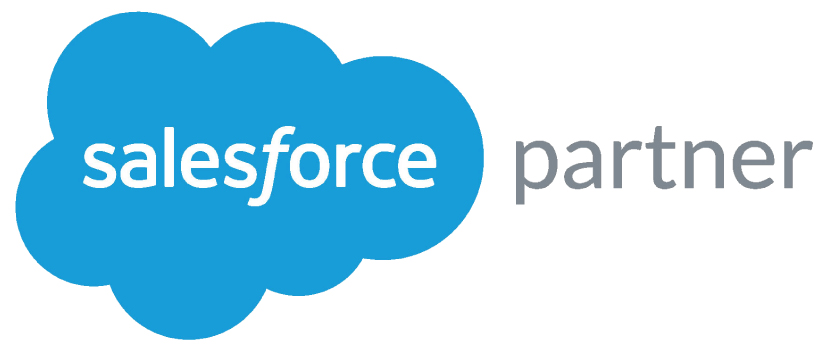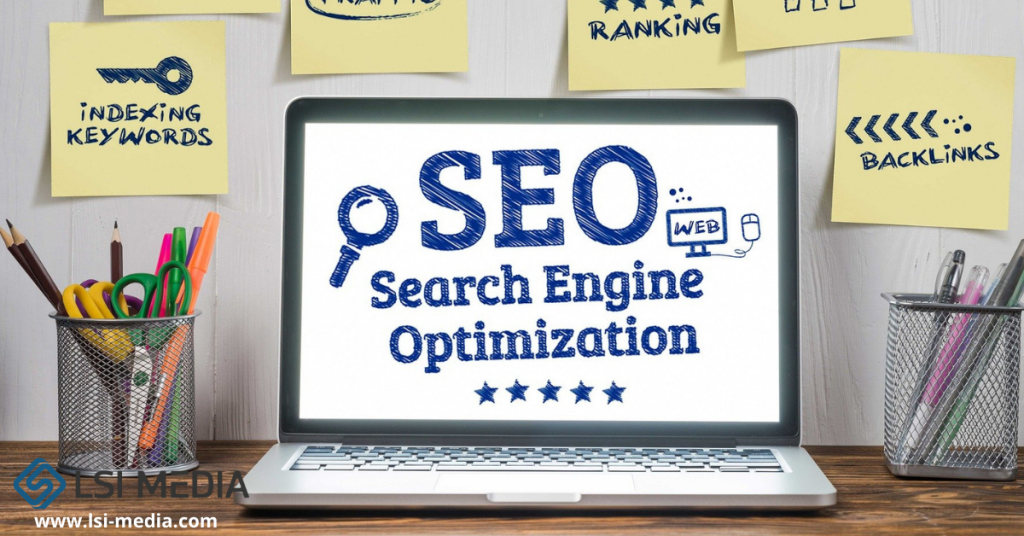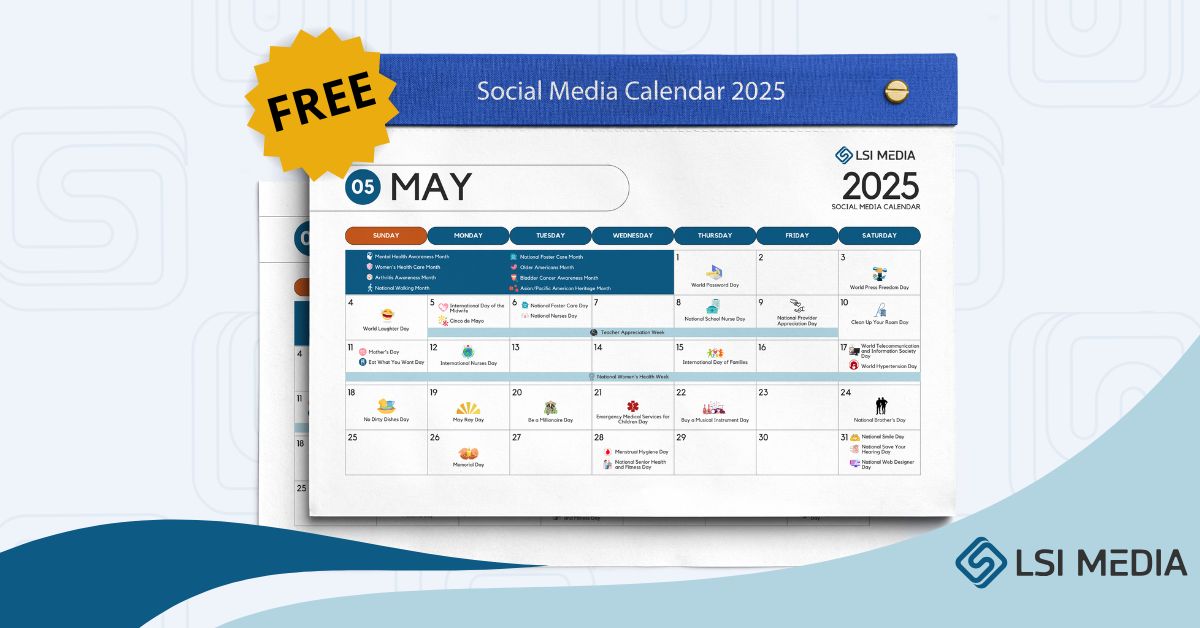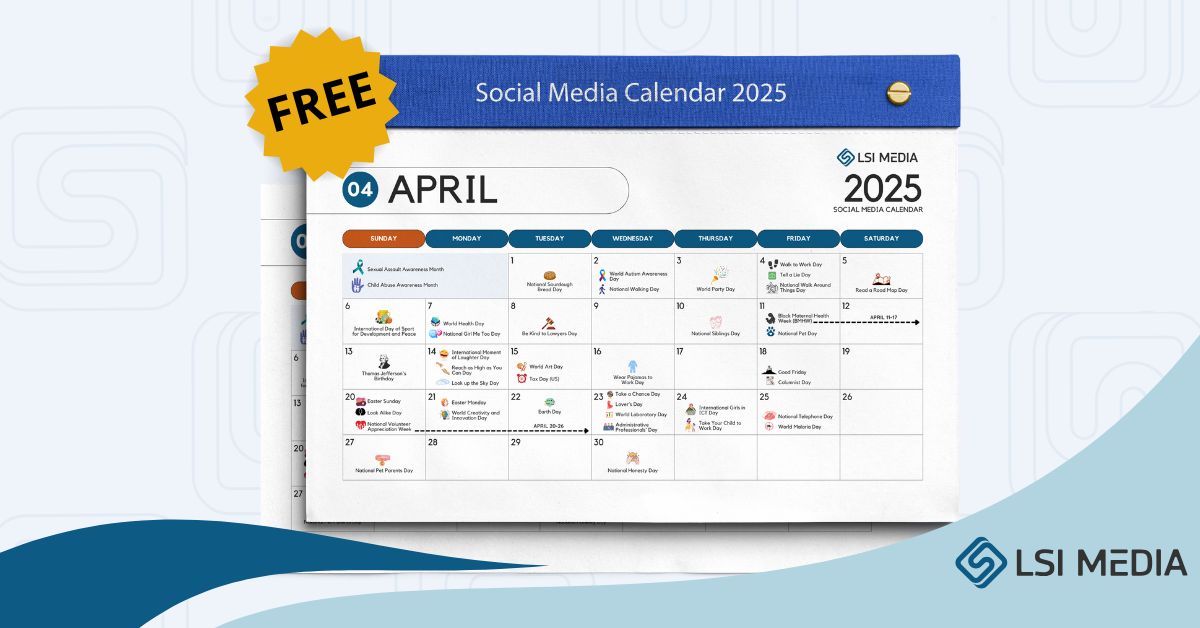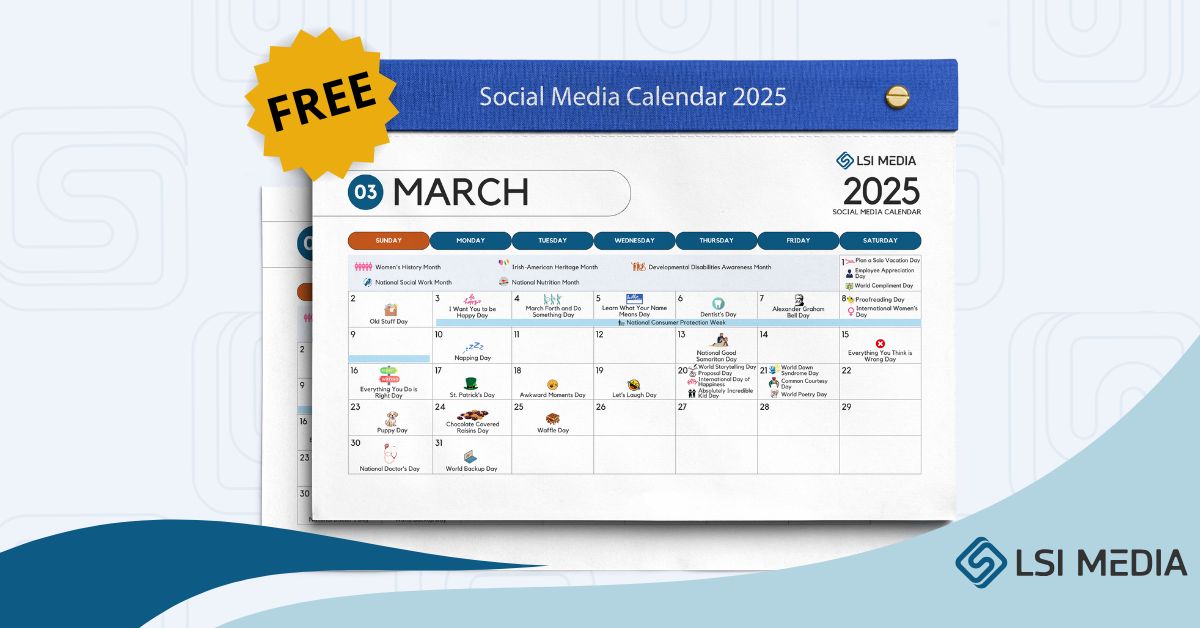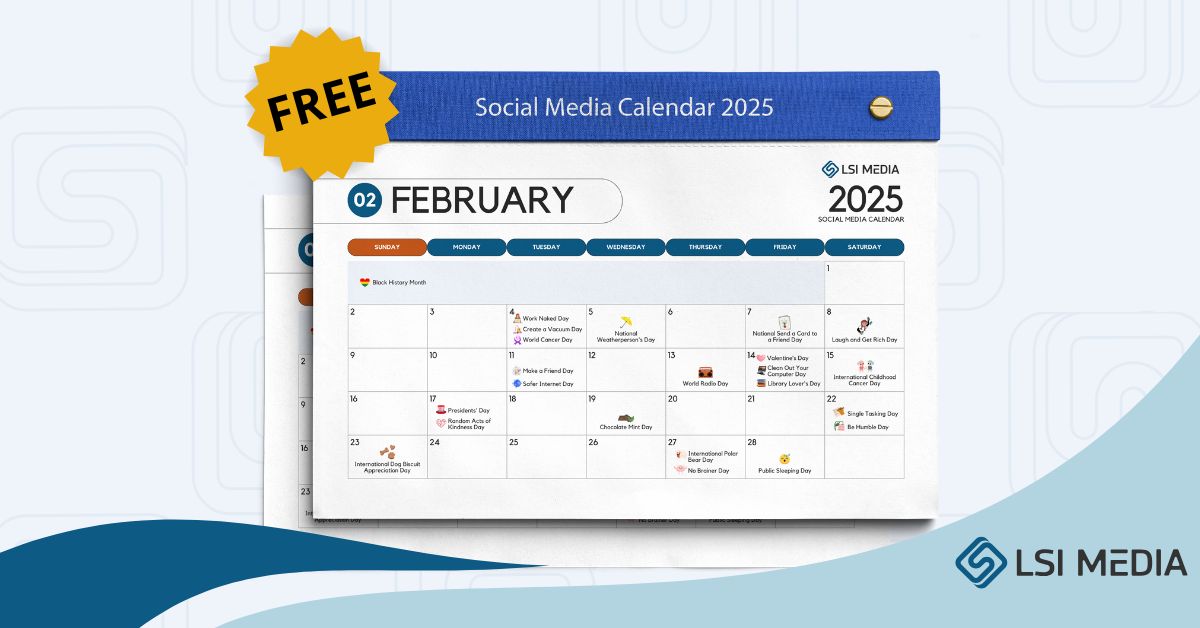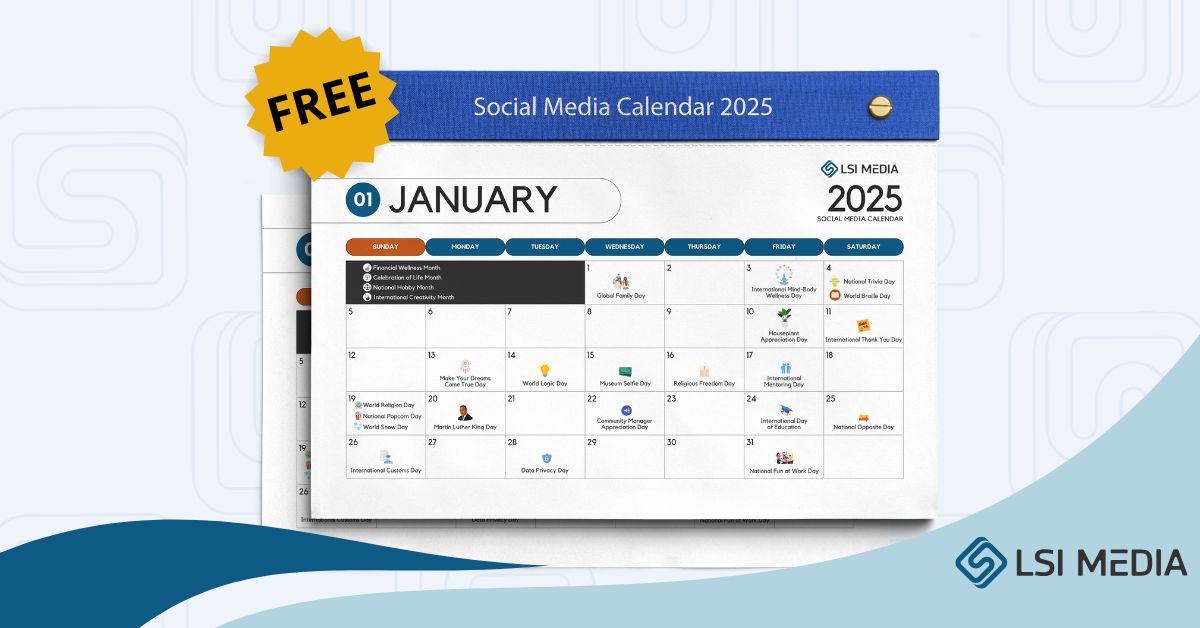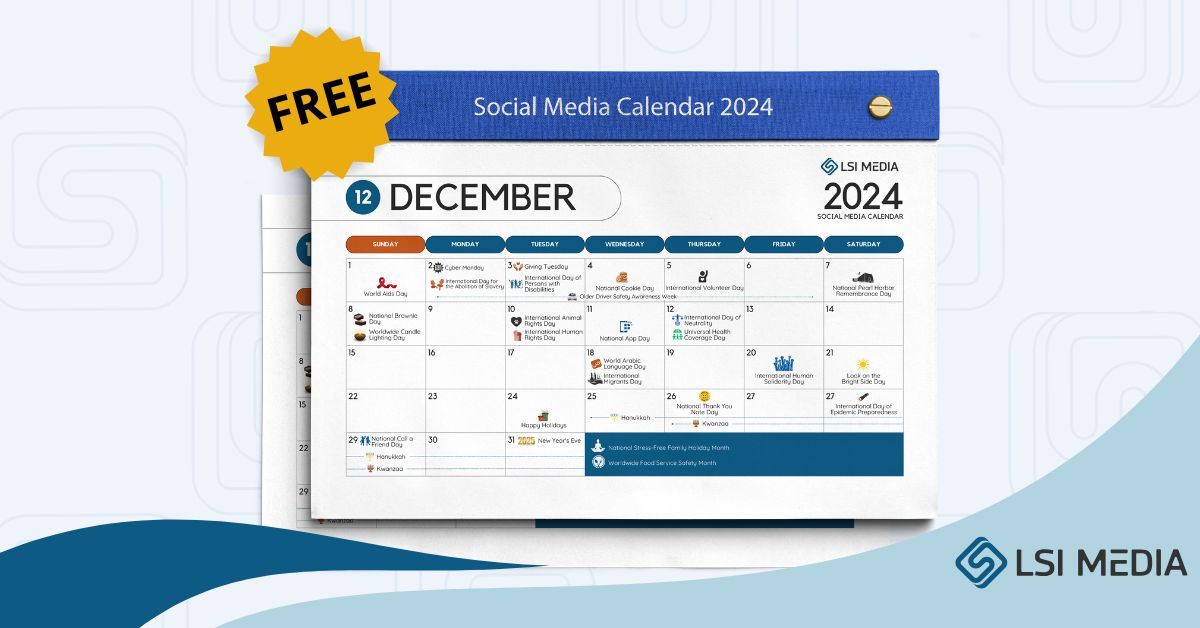[ez-toc]
LinkedIn Marketing Tips and Strategies
The process of using LinkedIn for business marketing is to create connections, generate leads, boost brand recognition, cultivate business relationships & partnerships, share content, and drive traffic to your website is referred to as LinkedIn Marketing. LinkedIn is now an integral part of many successful businesses marketing strategies because of its effectiveness in extending professional networks.
When you use LinkedIn to market your business, you gain access to numerous useful features, including analytics, connections, and brand building, to name a few.
Benefits of LinkedIn Marketing
Why You Should Use LinkedIn For Your Business
LinkedIn is less about selling or promoting your goods and services compared to other social media sites. Spamming, apparent hard-selling, and overtly pushing your company are all frowned upon on LinkedIn. This is why developing a platform-specific marketing plan is important. Since the network caters to a completely different demographic, LinkedIn marketing necessitates a unique strategy to achieve its desired results.
How To Use LinkedIn Marketing For B2B Marketing
Customize Your Public Profile
Setting Up Your Business Page For Linked Marketing
On LinkedIn, your company’s voice is represented by a LinkedIn Page. It allows members to learn more about your company or school, as well as your brand, goods and services, and job openings. You must have a LinkedIn Page to communicate with members as an entity on LinkedIn. Only desktop users can build pages right now.
If you do not get an error message, select “Start building your page” to customize.
LinkedIn Marketing Tips and Strategy
Experts in web design in Warrington say that LinkedIn stands out as an essential and powerful business resource for any company willing to put in the time and energy. Through both social notifications and B2B interactions, LinkedIn can help brands generate leads and promote their enterprises. Since LinkedIn is the most popular platform for business owners to network, it’s crucial to incorporate a LinkedIn marketing strategy into your overall business plan.
LinkedIn is more influential than other social media sites because of its larger user base and professional focus. A survey conducted in 2015 found that LinkedIn is now more popular than Facebook as a platform for B2B discussions. Statistics show that 41% of business marketers prefer LinkedIn as a marketing platform. In comparison, 21% of organization relies on LinkedIn as their primary social networking platform. Because of these numbers, our LinkedIn Marketing Warrington team insists that a LinkedIn marketing strategy is essential to a company’s online growth.
The following types of content perform well on LinkedIn:
Once you’ve come up with a few marketing ideas to hit your target audience, create a content calendar and stick to a regular publishing schedule. Be sure to schedule content around important dates for your business and market, such as product releases. It’s crucial when you write. Since most LinkedIn users are at work, content shared on a weekday is far more likely to be seen. Even don’t post on Friday afternoons.
Summary
Make sure the title you provide yourself on your profile is fitting. It ought to be succinct, memorable, and appropriate to your field. Articles or press releases detailing your company’s offerings, website, and contact information are good options for uploading. The most crucial aspect of your LinkedIn profile is to include links to your online content. For effective LinkedIn promotion, focus on the first four links on your profile, which should lead to your connections.
It’s possible you’ve come to appreciate the marketing potential of social media at this point. To effectively reach the influencers, you must know how to make use of the platform. Internet marketing strategies can be developed with the help of online marketing tools and websites like LinkedIn, Facebook, Twitter, YouTube, and others. Apps, websites, and electronic magazines are just some of the various marketing tools that can be found on these platforms.
Finding your ideal customers comes after you’ve figured out who you’re trying to reach. Friends, coworkers, and online contacts as well as membership in professional groups can all help bring these people together. Let’s say you have access to a large enough database of client information. To do this, you’ll need to make a profile for your business’s page and start interacting with other users. Using the knowledge you’ve gained here about LinkedIn marketing, you may zero in on the people who would most benefit from your offerings and convert them into paying clients.
FAQs:
1. How can LinkedIn Marketing benefit my B2B business?
LinkedIn Marketing can greatly benefit your B2B business as it provides access to a large professional network where you can connect with decision-makers, industry professionals, and potential clients. It allows you to build brand awareness, establish thought leadership, generate leads, and engage with your target audience effectively.
2. What are some key LinkedIn Marketing features for B2B businesses?
LinkedIn offers various features that are beneficial for B2B marketing, such as:
- LinkedIn Pages: Create a company page to showcase your brand, and products/services, and engage with followers.
- LinkedIn Groups: Join industry-specific groups to network, share knowledge and target potential clients.
- Sponsored Content: Promote your content directly to your target audience in their newsfeeds.
- InMail: Send personalized messages to prospects, clients, or industry influencers.
- LinkedIn Ads: Run targeted ads to reach your ideal audience based on various parameters.
3. How can I optimize my LinkedIn profile for B2B marketing?
To optimize your LinkedIn profile for B2B marketing:
- Use a Professional Headshot: A high-quality, professional headshot creates a positive first impression.
- Create a Compelling Headline: Use your headline to showcase your expertise and value proposition.
- Write a Detailed Summary: Describe your experience, skills, and how you can help B2B clients.
- Showcase your Work Experience: Highlight relevant achievements and responsibilities.
- Add Relevant Skills and Endorsements: Showcase your expertise and validate your skills.
- Add Media and Publications: Include links to your website, blog articles, or whitepapers.

